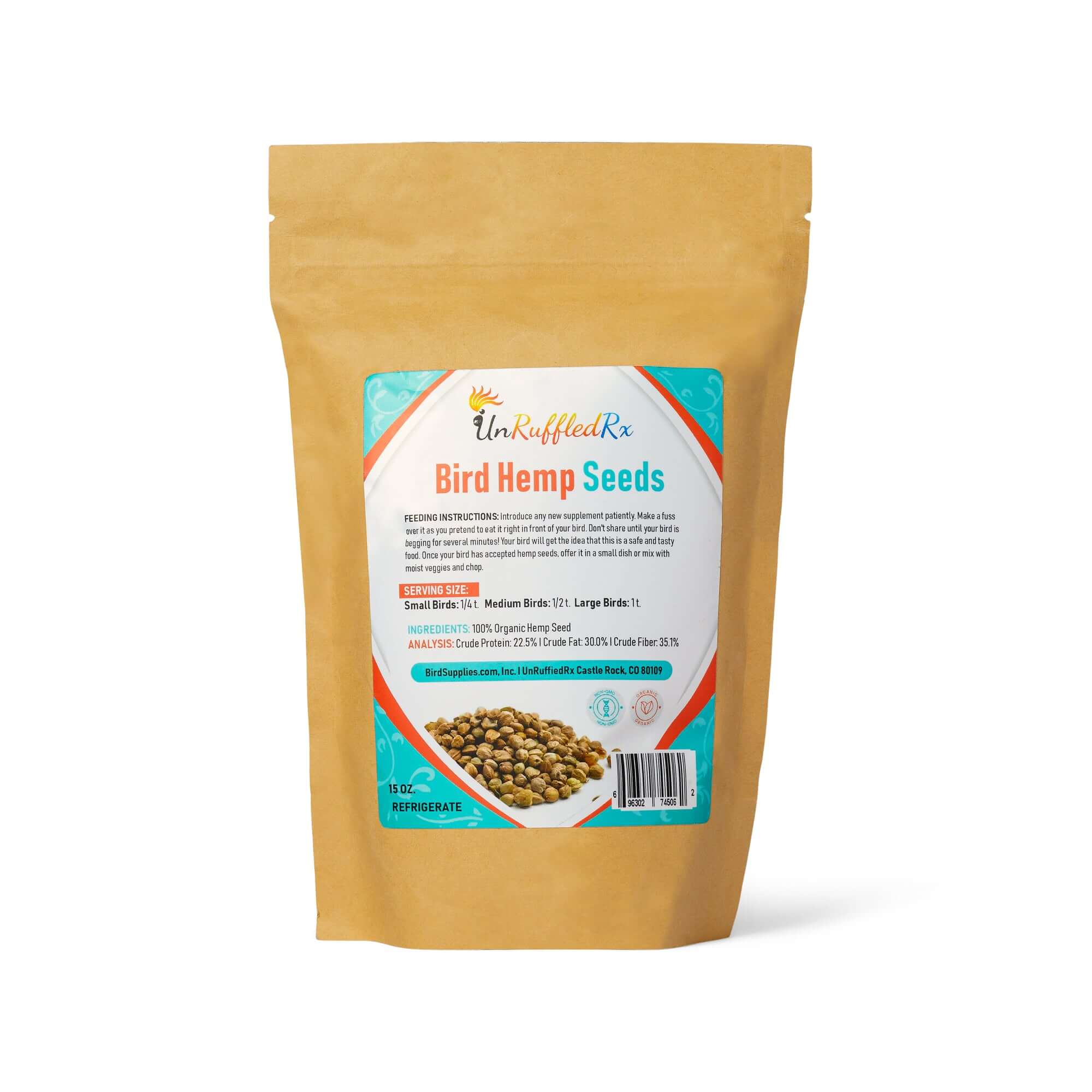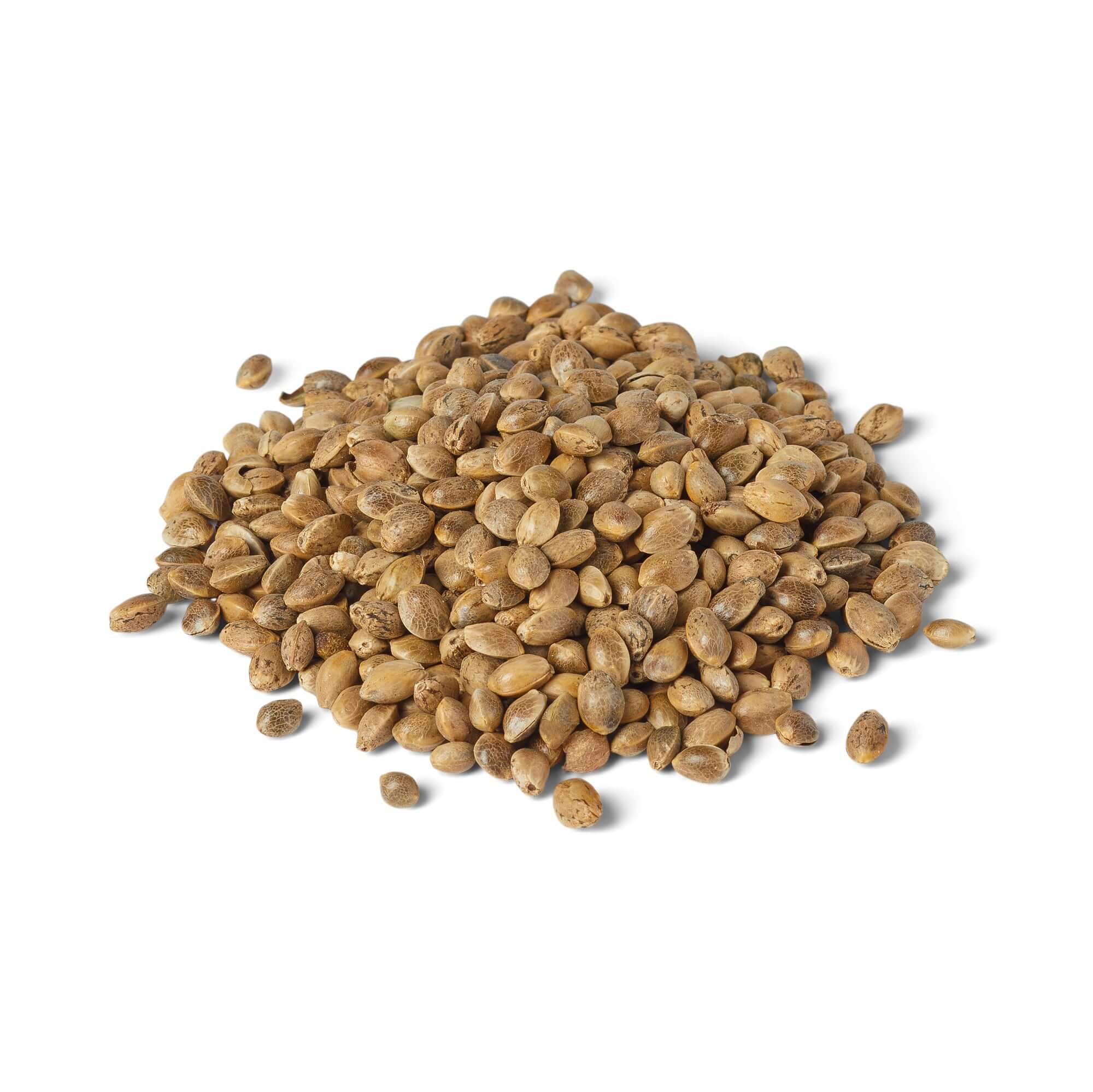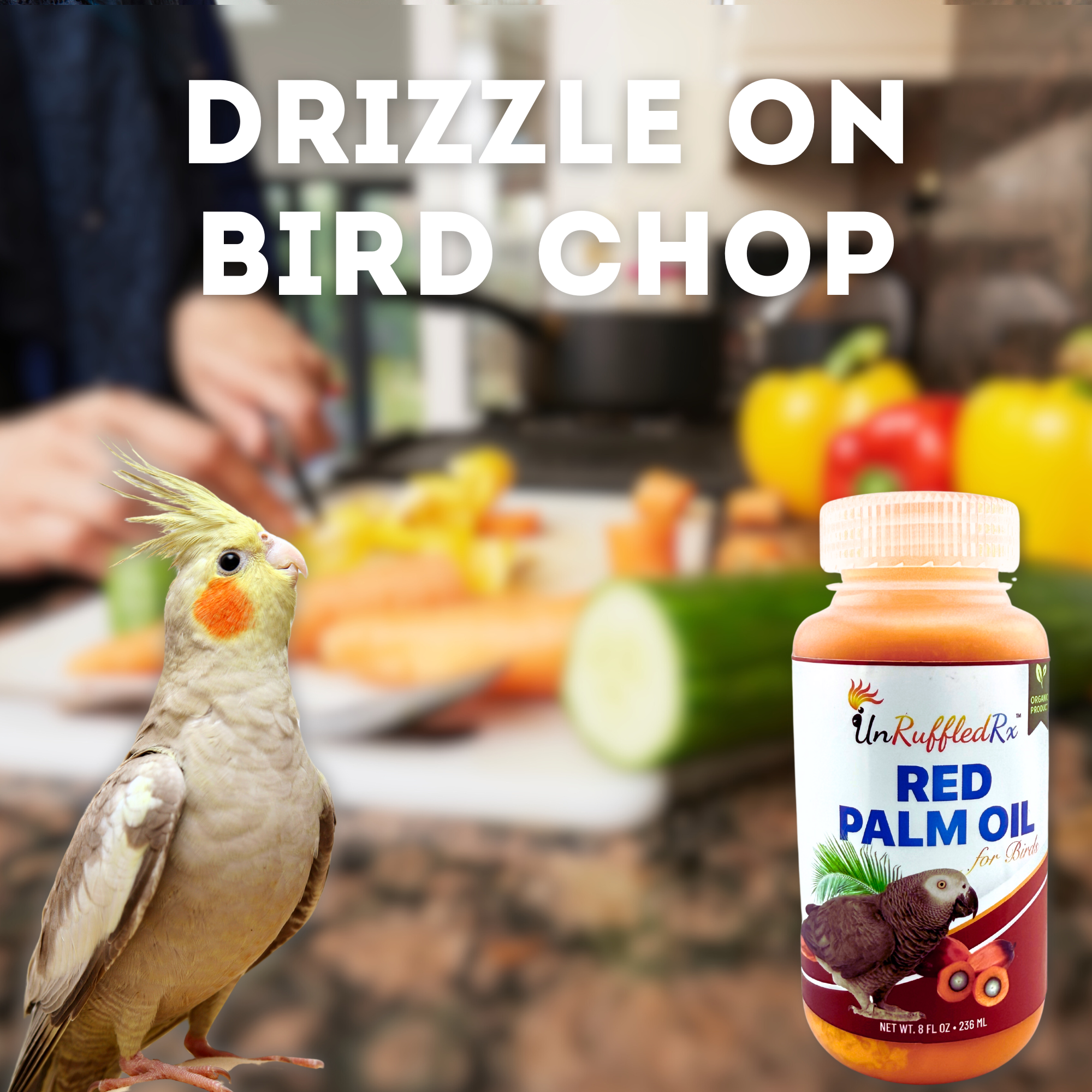- Why Bird Step-Up Training Matters
- Why Your Bird Won’t Step Up (Yet)
- How to Teach Your Bird to Step Up
- Troubleshooting a Stubborn or Fearful Parrot
- Going Further: Step-Down, Laddering, and More
- Bird Step-Up = A Lifelong Bond
When you live with a fully flighted bird, one simple behavior—like stepping up—can make or break your daily routine. Without it, a bird can take off on a whim, leaving you chasing them from curtain rod to cabinent top in a frustrating, exhausting game of cat and mouse. It’s not just inconvenient—it’s dangerous. In a moment of panic or danger, the ability to calmly cue your bird to step up can mean the difference between safety and a potentially heartbreaking accident.
Why Bird Step-Up Training Matters
Imagine this: The kids burst through the front door and your parrot startles, flapping wildly from the back of the couch to the floor. She’s confused and scared, beak open, wings spread. But instead of panicking, you calmly kneel beside her and say, “Step up.” Because you've practiced this skill together, she recognizes the cue and climbs onto your hand without a fuss. You safely carry her back to her perch—crisis averted.
Teaching your bird to step up isn’t just a cute trick—it can literally save their life. Whether you're dealing with an emergency, vet visit, or daily handling, the "step up" cue is the foundation of effective bird training.

Why Your Bird Won’t Step Up (Yet)
Common Reasons:
Past Trauma: Hand-feeding or forced handling may have created negative associations with hands and humans.
Hands Feel Weird: Your finger isn't a perch. It moves, it feels warm, it might wobble.
Unsteady Arm: Moving your arm too quickly once your bird steps up can scare them.
Weak Feet: Young, elderly, or arthritic birds may struggle with balance and grip strength.
Using the Wrong Training Methods: Birds are quick learners, especially when you use positive methods paired with a cue and a reward.
How to Teach Your Bird to Step Up
Supplies:
- Quiet training space
- A Clicker
- Training stand (optional)
- Tiny, favorite bird-safe treats
- Cue word (e.g., "Step up!")

Teaching Your Bird to Step Up: Clear Cues, Calm Hands, and Consistent Practice
Before your bird ever lifts a foot, you need a clear communication system. Step-up training relies on three simple tools: a verbal cue, a visual cue, and gentle pressure. These cues work together to help your bird understand what you’re asking. Your voice tells them what’s coming, your hand shows them where to go, and a soft nudge under the chest signals it’s time to step. When repeated consistently, these cues become second nature for both you and your bird.
1. Start with Trust and Familiarity
Your bird won’t step up onto a hand they don’t trust. Build that trust by creating positive associations—offer treats, toys, or gentle scratches whenever your hand is near. If your bird is nervous or new to training, start slow. Offer your finger or a perch from a distance they feel safe with, and gradually move closer as their confidence grows.
2. Introduce the “Step Up” Cue
Choose a simple, calm verbal cue like “step up” and say it every time you present your hand or perch. Pair it with a visual cue: your hand, finger, or perch held just below the bird’s chest. As your bird gets more comfortable, use gentle pressure against the chest or lower belly—not a jab, just a nudge—to prompt them to lift a foot.
3. Reinforce Every Win
As soon as your bird places one foot—and then both—onto your hand or perch, reinforce that win immediately. Offer a small, favorite treat like a sliver of almond or a bite of millet. Pair it with gentle praise: “Good bird!” Keep training sessions short—5 to 10 minutes max—and end on a positive note so your bird looks forward to next time.
🎥 See It in Action
This quick video shows how to use a target stick and treats to guide your bird through the step-up behavior with confidence. [Insert video link here]
Troubleshooting a Stubborn or Fearful Parrot
It’s Not Stubbornness—It’s Fear, Confusion, or Miscommunication
When your bird refuses to step up, bites, or flies off, it might look like they’re being stubborn. But in most cases, the real issue is something deeper—fear, confusion, or simply not knowing what you want.
Maybe your bird is afraid of hands. Maybe you skipped ahead too quickly and overwhelmed them. Or maybe they just haven’t made the connection between your cue and the action yet.
That’s okay! The fix is simple: back up to a step your bird does understand, and rebuild from there using clear, consistent cues and plenty of positive reinforcement.
- Drop a treat in their dish each time you pass by to start building trust.
- Move to offering treats from your open palm—no pressure to do anything else.
- If your bird is nervous around hands, use a training perch or stick instead.
- Reward the tiniest bit of progress—a glance at your hand, a lifted foot, a lean forward.
Short, positive sessions are your best friend. Always keep it light, rewarding, and free of pressure. Trust takes time, but with consistency, your bird will start to feel safe, confident, and excited to train.
Going Further: Step-Down, Laddering, and More
Step-Down:
Teach your bird to go from your hand to a familiar perch or cage bar using similar steps as above. Click and treat when your bird picks up one foot. Then, proceed to train for touching down on the desired surface, and again when they put both feet on the desired surface. Don't forget the cues!. Practice regularly.
Laddering:
Have your bird alternate between stepping onto your left hand and then your right hand: "Step up" onto one, then the other. This builds coordination, stamina, and responsiveness.(Your bird is looking to you for instructions).
Enrichment Ideas:
- Stepping into a bird carrier
- Stepping onto a scale for weight checks
- Putting on a bird harness
- Safe room-to-room transitions
All of these behaviors start with a confident bird step-up cue.
Bird Step-Up = A Lifelong Bond
Bird training is about building a lifelong relationship through mutual trust and clear communication. When your bird happily steps up on cue, it shows their confidence in you—and their world becomes safer and more enriching.
In conclusion...
So knowing that your bird needs clear communication and trust is one thing, but actually making the switch and reaping the benefits is another thing. Don’t worry. I’m here to help. Birds are my passion and my mission is to help them have the best life possible. Check out our step-up kits and positive reinforcement supplies below.
Related Posts:
- How To Choose A Bird Training Treat
- Clicker Training Basics for Parrots
- Teaching Your Bird To Stay Put
References:
- Johnson, M. Getting Started Clicker Training for Birds. (2004). Karen Pryor Clicker Training.
Link to this blog
https://www.birdsupplies.com/blogs/bird-training/bird-step-up-training
Diane Burroughs, LCSW, brings over 30 years of experience helping bird lovers build stronger, healthier bonds with their parrots. With a foundation in psychotherapy and Applied Behavior Analysis (ABA), Diane combines proven behavioral science with simple, real-life strategies anyone can use. Through her books, behavior consultations, and UnRuffledRx parrot wellness products, she’s dedicated to helping real bird owners create trust, confidence, and a lifetime of positive experiences with their feathered companions.
Diane's products been featured in the Journal of Avian Medicine and Surgery and at ExoticsCon, a national conference for exotic animal veterinarians. Her bird collars and supplements are trusted by avian vets and stocked in vet clinics across the U.S. With thousands of individualized behavior plans under her belt, Diane’s mission is simple: to help parrots and their people thrive together.
TAGS: #BirdTraining #BirdStepUp #ParrotBehavior
SHARING IS CARING! 📣
Love what you read? Help spread the word on Facebook & Instagram 🌟
💬 Leave a comment below and let us know your thoughts!














